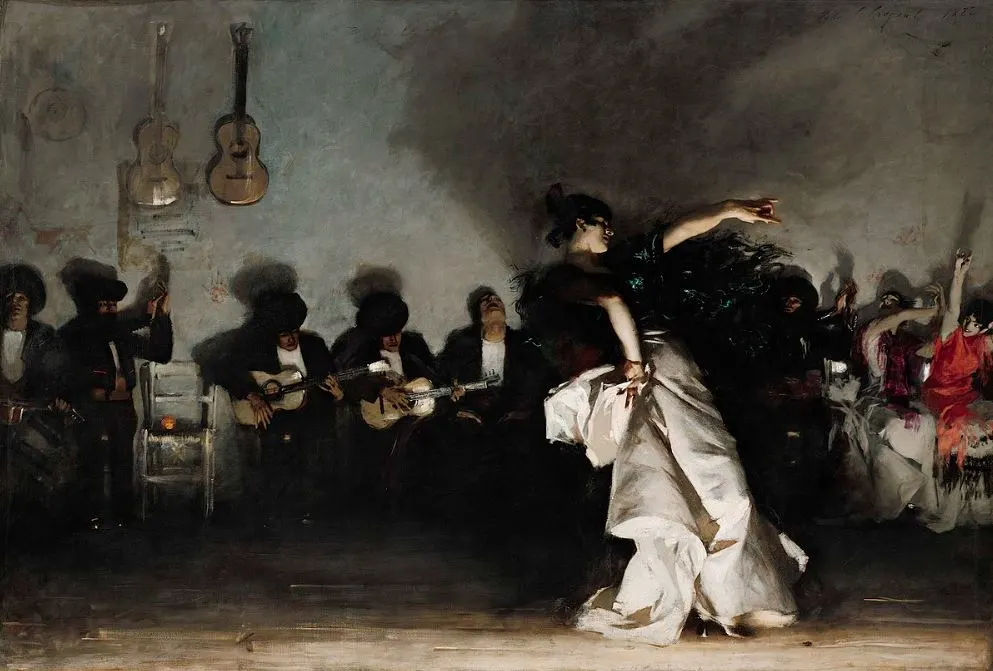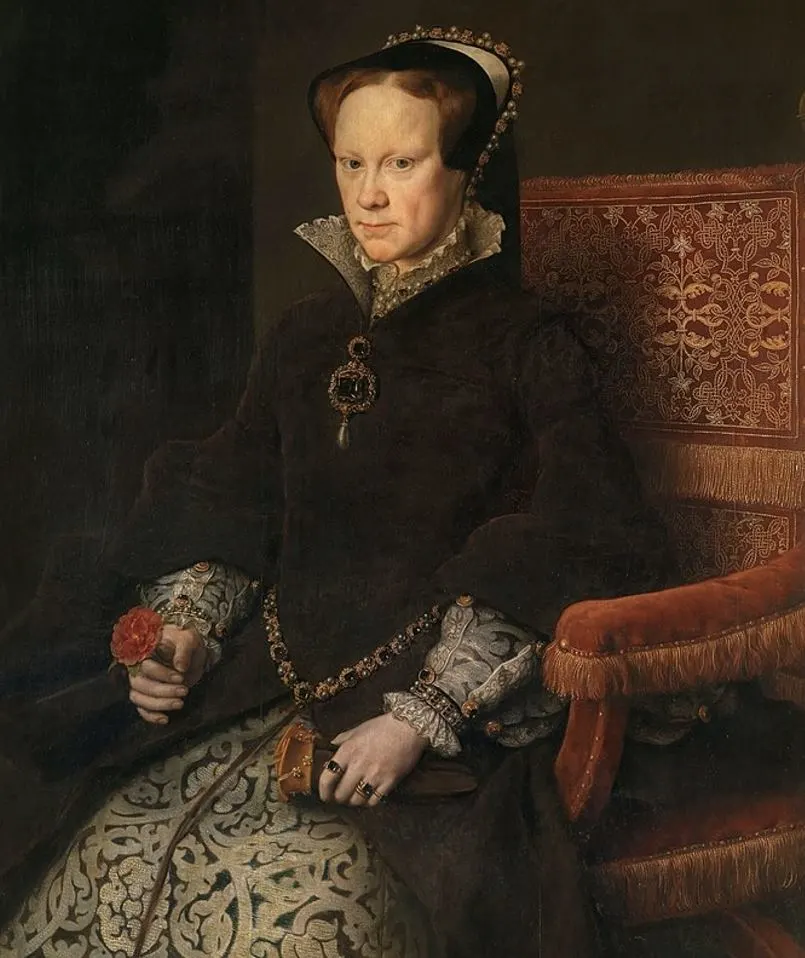Do you want to earn $10 million? Then all you need to do is provide the tip that leads to the discovery of 13 paintings that were stolen from a famous museum in Boston in 1990.
The Isabella Stewart Gardner Museum made world news when criminals ran off with several masterpieces in a crime that hasn’t been solved until today.
Among the stolen artworks were The Concert by Johannes Vermeer and The Storm on the Sea of Galilee by Rembrandt, two artworks that drive the value of the missing pieces to over $500 million.
Luckily, Isabella Stewart Gardner (1840–1924) was, apart from being an eccentric figure, also an avid art collector who acquired a lot more artworks during the late 19th and early 20th centuries.
She opened her own museum in 1903 after she had a structure constructed between 1898 and 1901 to house her fast-growing collection.
A new wing designed by renowned architect Renzo Piano was completed in 2012 and together, both buildings house over 7,500 paintings, sculptures, and other artworks.
In this article, you’ll discover some of the most famous paintings at the Isabella Stewart Garnder Museum in Boston.
1. Portrait of Isabella Stewart Garnder – John Singer Sargent
- Date created: 1888
- Dimensions: 190 x 80 centimeters (74.8 x 31.4 inches)
The Portrait of Isabella Stewart Garnder is a full-length portrait (only the top section is displayed below) painted by American artist John Singer Sargent (1856-1925). The famous art collector who founded the Isabella Stewart Gardner Museum didn’t just purchase artworks but also commissioned them.
Born and raised in Manhatten, New York City, Gardner loved to travel and mingle with some of the most famous artists of her time. John Singer Sargent was one of her friends and she sat for him while he was visiting Boston in January 1888, resulting in one of the most stunning portraits at the museum.

2. The Story of Lucretia – Sandro Botticelli
- Date created: 1496-1504
- Dimensions: 83.8 × 176.8 centimeters (33 × 69.6 inches)

The Story of Lucretia is the title of a remarkable painting by Sandro Botticelli (1445-1510), the Italian artist who lived during the Renaissance era. Hist style, however, didn’t move in the same direction as artists from the High Renaissance in the early 16th century but moved back to the Gothic era.
The main idea behind this complex painting is the revolt against tyranny, a popular subject in the turbulent times that Botticelli lived. The artist depicted this concept based on the story of Lucretia, a woman who was raped and who committed suicide in the founding days of the Roman Republic.

3. The Rape of Europa – Titian
- Date created: 1560-1562
- Dimensions: 178 × 205 centimeters (70 × 81 inches)
The Rape of Europa is one of the numerous beautiful mythological paintings by Titian (1488-1576), one of the most renowned artists in Europe during the 16th century. The word rape in the painting’s title is a synonym for abduction and not the despicable act of sexual violence.
It depicts the abduction of the Phoenician process Europa by Zeus who disguised himself as a bull. He enticed the women to climb on his back and ran off through the ocean to the island of Crete. According to the story, she subsequently became the first Queen of Crete and the couple had 3 children together.

4. El Jaleo – Jong Singer Sargent
- Date created: 1882
- Dimensions: 237 × 352 centimeters (93 × 138 inches)
El Jaleo is the title of another painting by expatriate American painter John Singer Sargent. He became intrigued by Spanish Flamenco dancers during a 5-month trip through Spain and North Africa and the result was this fantastic monumental painting.
The other striking element of this painting is the remarkable use of light and shadow that Sargent integrated into this work. He specifically did this to enhance the dramatic effect. If you have ever seen a Flamenco dance performance then you surely understand why this was needed.

5. Self-Portrait, Aged 23 – Rembrandt van Rijn
- Date created: 1629
- Dimensions: 89.7 x 73.5 centimeters (35.3 x 28.9 inches)
Self-Portrait, Aged 23 is the title of one of the dozens of self-portraits painted by Rembrandt van Rijn (1606-1669), one of the greatest Dutch artists in history. He painted self-portraits throughout his career and these serve as some sort of visual autobiography.
As the title suggests, he was 23 years old at the time and already one of the most sought-after painters in his native city of Leiden. He had opened his studio in the mid-1620s and he moved to Amsterdam in 1631, just 2 years after he finished this beautiful work of art.

6. Annunciation – Piermatteo Lauro de’ Manfredi da Amelia
- Date created: 1475-1485
- Dimensions: 102.4 × 114.8 centimeters (40.3 × 45.1 inches)
Annunciation is the title of a series of paintings by Piermatteo Lauro de’ Manfredi da Amelia (1445-1508), another Italian painter who lived during the Renaissance period. He was born in the town of Amelia in Umbria but little is known about his training.
He was only mentioned for the first time in the 1460s when he was in his early 20s and is today also known as the “Master of the Gardner Annunciation.” That’s because of the Annunciations he painted for the convent of Saints Annunziata and Amelia which were acquired by Gardner in 1880.

7. The Chariot of Venus – François Boucher
- Date created: 18th century
- Dimensions: 88 x 70 centimeters (34.6 x 27.5 inches)
The Chariot of Venus is one of the many distinctive Venus paintings by a French artist who was one of the leading figures of the Rococo era. The paintings of François Boucher (1703-1770) exemplify this frivolous period in history, including this remarkable work of art.
The color palette and the airy feeling are recurring elements in Boucher’s oeuvre, especially in the dozens of mythological paintings he completed. He was the First Painter of King Louis XV and it’s clear to understand why when you see this painting at the Isabella Stewart Gardner Museum.

8. Mary I, Queen of England – Antonis Mor
- Date created: 1554
- Dimensions: 109 x 84 centimeters (42.9 x 33 inches)
Mary I, Queen of England is a fascinating portrait by Antonis Mor (1517-1577), a Netherlandish painter who was in high demand at royal courts all across Europe. His style was influenced by the paintings of Titian and the formal manner in which he painted the sitters made him very popular.
This work depicts Mary Tudor (1516–1558), the only surviving child of the infamous King Henry VIII and his first wife, Catherine of Aragon. This painting was created as a wedding gift to her future husband, the King Philip II of Spain. Her rather grim expression certainly highlights this was an arranged marriage.

9. Portrait of Tommaso Inghirami – Raphael
- Date created: 1509
- Dimensions: 91 × 61 centimeters (36 × 24 inches)
The Portrait of Tommaso Inghirami is a painting by Raphael (1483-1520) one of the most famous Renaissance artists in history. It was completed when the young artist was already a superstar in many Italian cities and shortly after he had settled in Rome in 1508.
The portrait depicts Tommaso Inghirami (1470-1516), a high-ranking clergyman who was a close friend of the artist. The portrait is highly realistic and Raphael completed two versions. The other painting is part of the collection of the Uffizi Gallery and is on display at the Palatina Gallery of Palazzo Pitti in Florence.

10. Isabella Stewart Gardner in Venice – Anders Zorn
- Date created: 1894
- Dimensions: 91 x 66 centimeters (35.8 x 25.9 inches)
Isabella Stewart Gardner in Venice is the title of another fabulous portrait of the founder of the museum. It was painted by Anders Zorn (1860-1920), a Swedish painter and close friend of Gardner, and depicts the woman at the Palazzo Barbero in the Italian lagoon city.
She spent some time together with the artist in this palace in the San Marco District of Venice in the fall of 1894. Zorn depicted the exact moment that Gardner reentered the room full of guests to invite them to watch a beautiful firework display on the balcony. This explains the artificial light outside.

